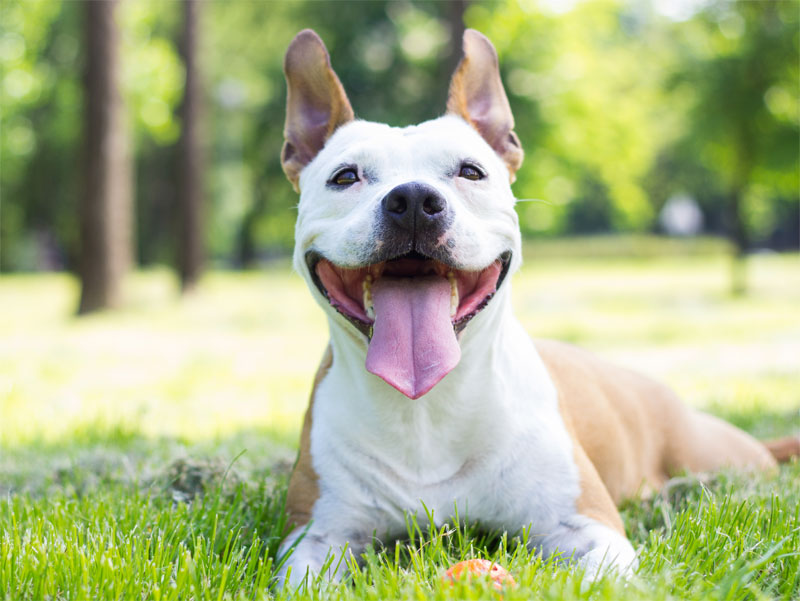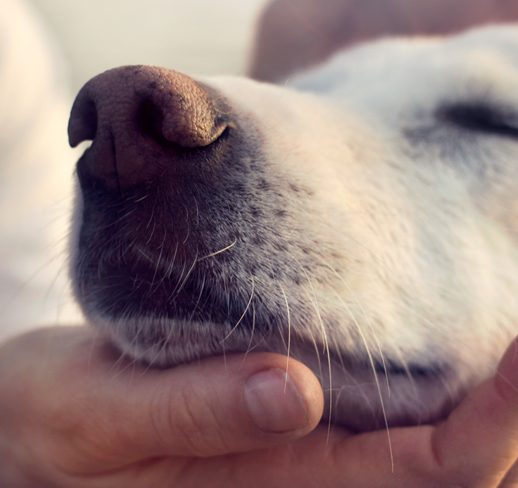
Take a moment to imagine what it would be like if you never brushed your teeth in your life. This sticky, painful state is the unfortunate reality for most dogs and cats because most pet owners simply do not realize that their pets need dental care, too. Without proper care, pets inevitably develop dental disease.
What Is Dental Disease?
Dental disease refers to general diseases associated with the teeth and gums. The term is commonly used to refer to periodontal disease (aka gum disease) which is a bacterial infection of the gums.
Gum disease has several signs and symptoms including:
- Persistently bad breath
- Discolored teeth
- Red, swollen, bleeding, or painful gums
- Receding gums
- Excessive drooling
- Loose or missing teeth
- Tooth pain and sensitivity
- Decreased appetite
- Frequently dropping toys or food
- Abscesses


Left unaddressed, the bacteria from gum disease can enter the bloodstream and spread throughout the body, causing a variety of systemic health problems. In pets, untreated gum disease often causes organ damage and leads to premature death.


What Causes Dental Disease in Pets?
Dental disease in pets develops via the same process as it does in humans. Poor oral hygiene allows plaque to accumulate on the surface of the teeth. This plaque then hardens into a substance called tartar or calculus. As the tartar builds up, it pushes the gums away from the surface of the teeth, creating warm, dark, moist pockets where harmful bacteria thrive. Unchecked, this bacteria multiplies out of control, leading to a bacterial infection of the gums.
How to Treat Dental Disease in Pets
Like with humans, dental disease in pets is best prevented with regular oral hygiene including a combination of at-home and professional care. Pets that have already developed dental disease, however, can be treated with regular management including professional teeth cleanings and exams, teeth brushing at home, dental-friendly treats, dental-friendly chew toys, dental diets, and more.




Pet Dentistry in Southern California
At Pacific Pet Hospital of Redondo Beach, our veterinarian places a strong emphasis on the importance of oral health for all dogs and cats. Unfortunately, most pets go without proper dental care and develop periodontal disease by the time they reach three years of age. This not only causes painful symptoms of the teeth and gums, but it also puts the general health of these animals’ at risk.
To learn more about professional teeth cleanings and examinations for pets or to schedule a pet dentistry appointment for your dog or cat, we welcome you to contact our office today.




























































